2024
Type of resources
Available actions
IADC Research Activities
Topics
Keywords
Contact for the resource
Provided by
Years
Formats
Representation types
Update frequencies
status
Scale
-
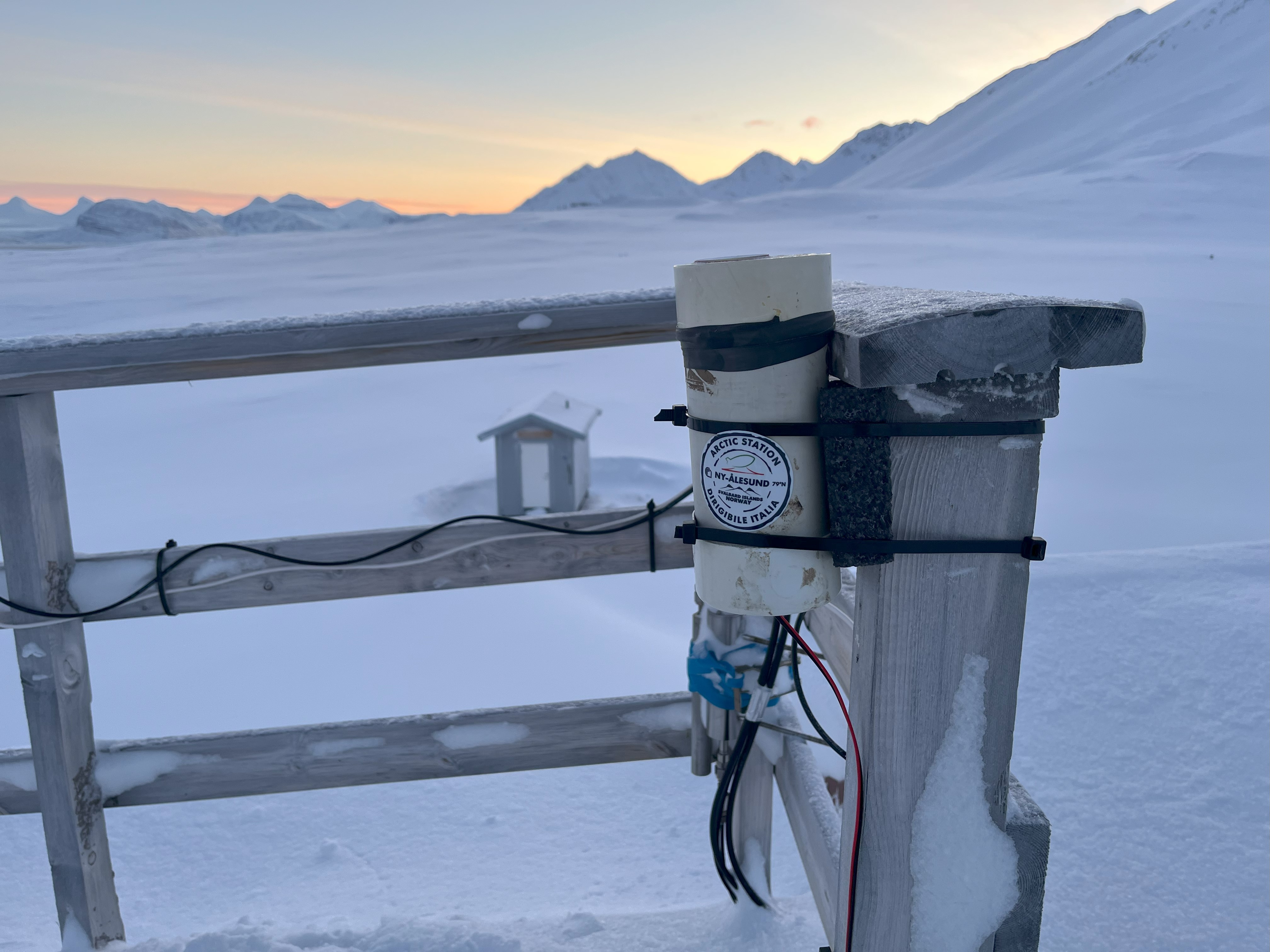
The AUXMON (AUXiliary MONitoring) project aims at providing a continuous monitoring of auxiliary variables useful to support investigation of night-sky brightness. Sky-Quality Meters (SQM) sensors are one of the core infrastructure of the project. They are low-cost sensors for measuring night sky brightness.
-
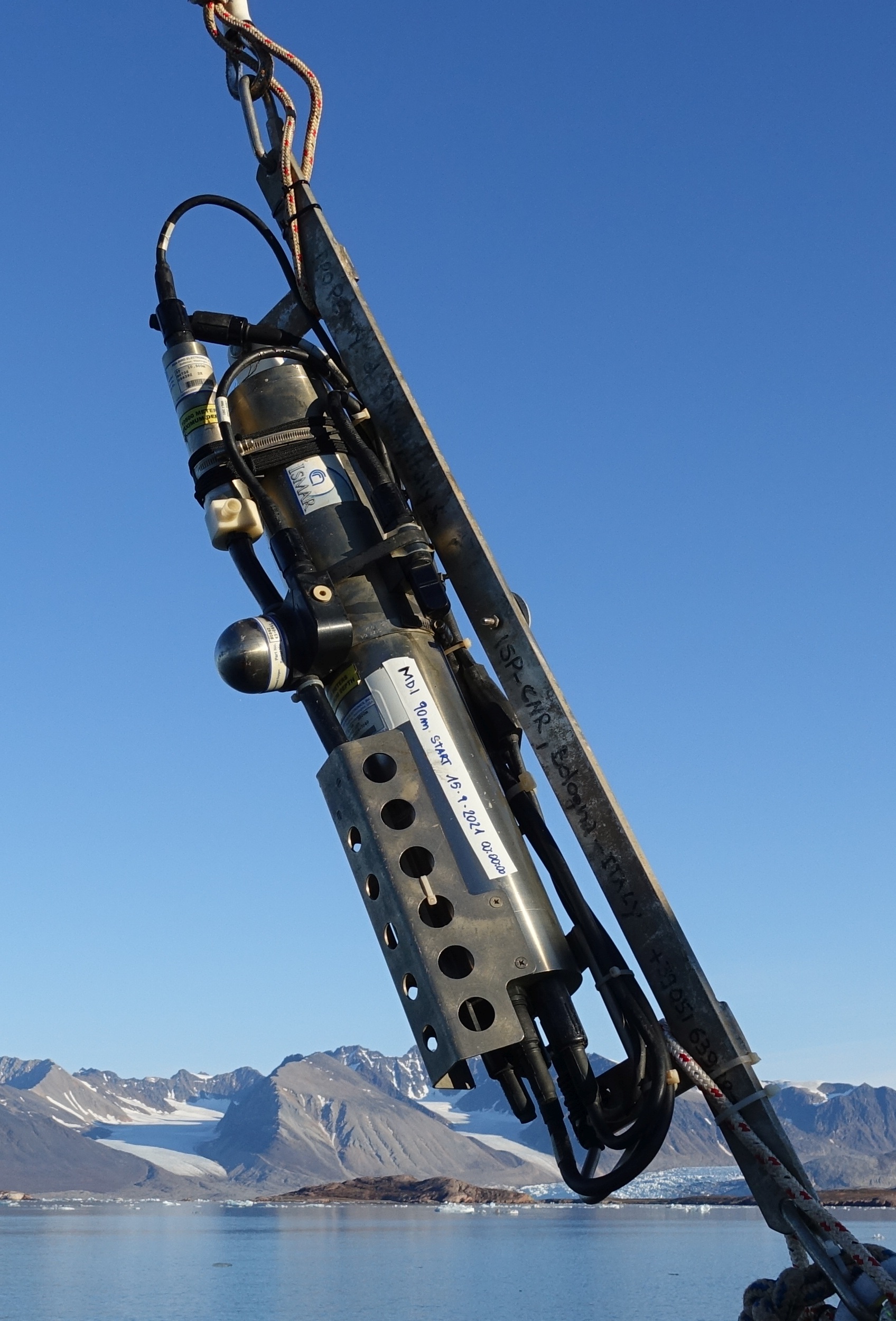
This dataset comprises measurements from moored CTD instruments, collected by the Mooring Dirigibile Italia (MDI), which is managed by the Institute of Polar Sciences of the National Research Council (CNR). The data was gathered at Kongsfjorden, Svalbard Island, since 9 September 2010. This dataset is also part of the SIOS-Svalbard Integrated Arctic Earth Observing System, developed to observe the impacts of climate change, including the rapid loss of sea ice cover, the retreat of local glaciers, and the Atlantification of Arctic seas. Measured properties are: sea-water pressure, subsurface temperature, conductivity, dissolved oxygen in sea-water and turbidity. The acquisition of this time series data is still ongoing and will continue, bolstered by the inclusion of this infrastructure within the framework of the Italian PNRR project ITINERIS. This ensures sustained data collection and further enhances our understanding of the observed environmental changes.
-

Observing Earth critical zone processes in the Bayelva basin (CZO@Bayelva). Data represents the average values and the corresponding standard deviation of Net Ecosystem Exchange (NEE), Ecosystem Respiration (ER) and Gross Primary Productivity (GPP) obtained from two different sites in the tundra of the Bayelva river basin: One site (named CZ) is located in the vicinity of the Climate Change Tower. The other one (named "Airport") is in the vicinity of the Ny Alesund Airport. Each average value is obtained as a mean over a set of around 20 point measures for each plot and each sampling date. Flux data are complemented by measurements of soil temperature, soil volumetric water content, air temperature and relative humidity, and solar irradiance. CO2 fluxes are measured using a flux chamber and a LI-COR IRGA by means of the Dynamic Flux Chamber method.
-
Snow water equivalent at the Gruvebadet Snow Resarch Site
-
The AUXMON (AUXiliary MONitoring) project aims at providing a continuous monitoring of auxiliary variables useful to support investigation of night-sky brightness. Sky-Quality Meters (SQM) sensors are one of the core infrastructure of the project. They are low-cost sensors for measuring night sky brightness.
-
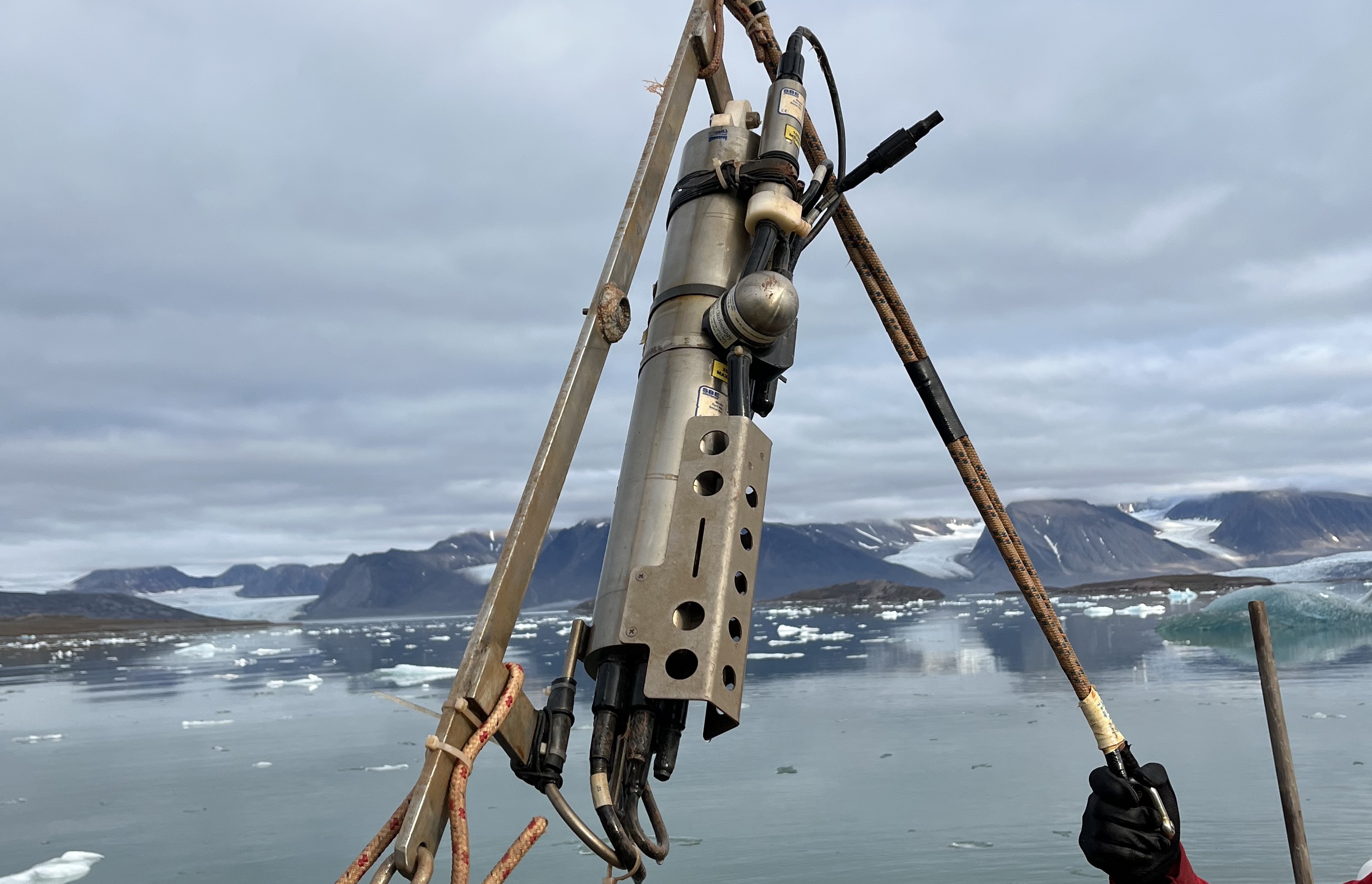
This dataset comprises measurements from moored CTD instruments, collected by the Mooring Dirigibile Italia (MDI), which is managed by the Institute of Polar Sciences of the National Research Council (CNR). The data was gathered at Kongsfjorden, Svalbard Island, since 29 May 2016 . This dataset is also part of the SIOS-Svalbard Integrated Arctic Earth Observing System, developed to observe the impacts of climate change, including the rapid loss of sea ice cover, the retreat of local glaciers, and the Atlantification of Arctic seas. Measured properties are: sea-water pressure, temperature, potential temperature, practical salinity, density, turbidity, fluorescence, PAR and dissolved oxygen in sea-water. The acquisition of this time series data is still ongoing and will continue, bolstered by the inclusion of this infrastructure within the framework of the Italian PNRR project ITINERIS. This ensures sustained data collection and further enhances our understanding of the observed environmental changes.
-
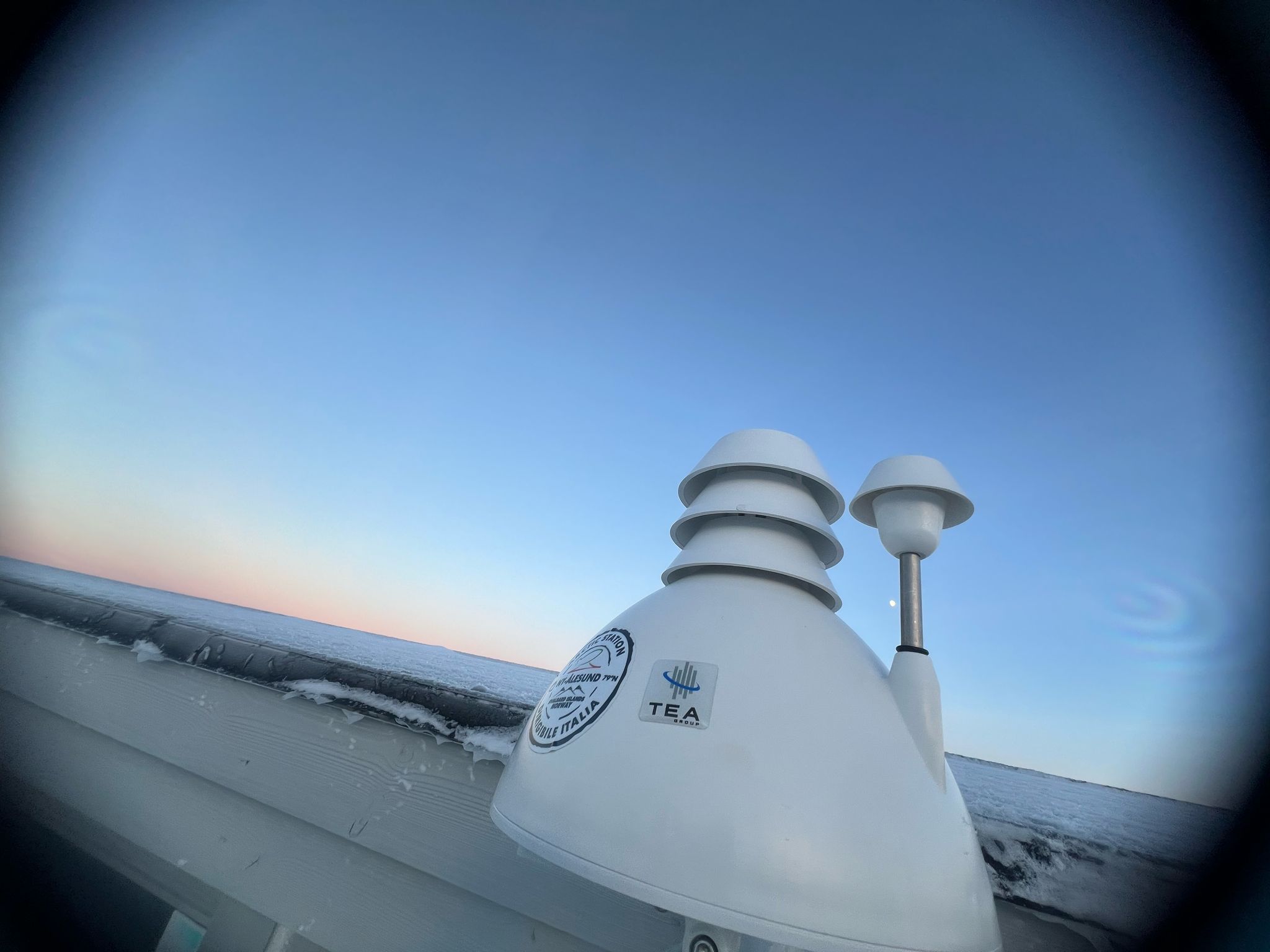
The AUXMON (AUXiliary MONitoring) project aims at providing a continuous monitoring of auxiliary variables useful to support investigation of Arctic atmospheric composition, temperature, humidity. A small network of 4 AIRQino station is the core infrastructure of the project. Three of these stations are positioned outdoors, one (station id 266) is placed inside the italian base. Specifically, the AIRQino stations are low-cost sensors providing information about the concentration of CO2, gaseous pollutants, particulate matter, air temperature and relative humidity.
-
Conductivity, Temperature, Depth (CTD), Salinity, Dissolved Oxygen, Fluorescence, and Turbidity. Vertical profiles averaged every 1 meter along the zonal transect at 75°N. Project PRA CASSANDRA. Italian National Research Council - Institute of Polar Sciences data from a local source. Data originator is the National Institute of Oceanography and Applied Geophysics, OGS, Trieste, Italy.
-
Aerosol Optical Depth (AOD) measured by the NOrwegian Institute for Air Research (NILU) at Ny-Alesund between 2002 and 2010 by using a Precision Filter Radiometer (PFR). AOD is provided at 500 nm and alpha in the spectral range (nm) 411.9-862.5.
-
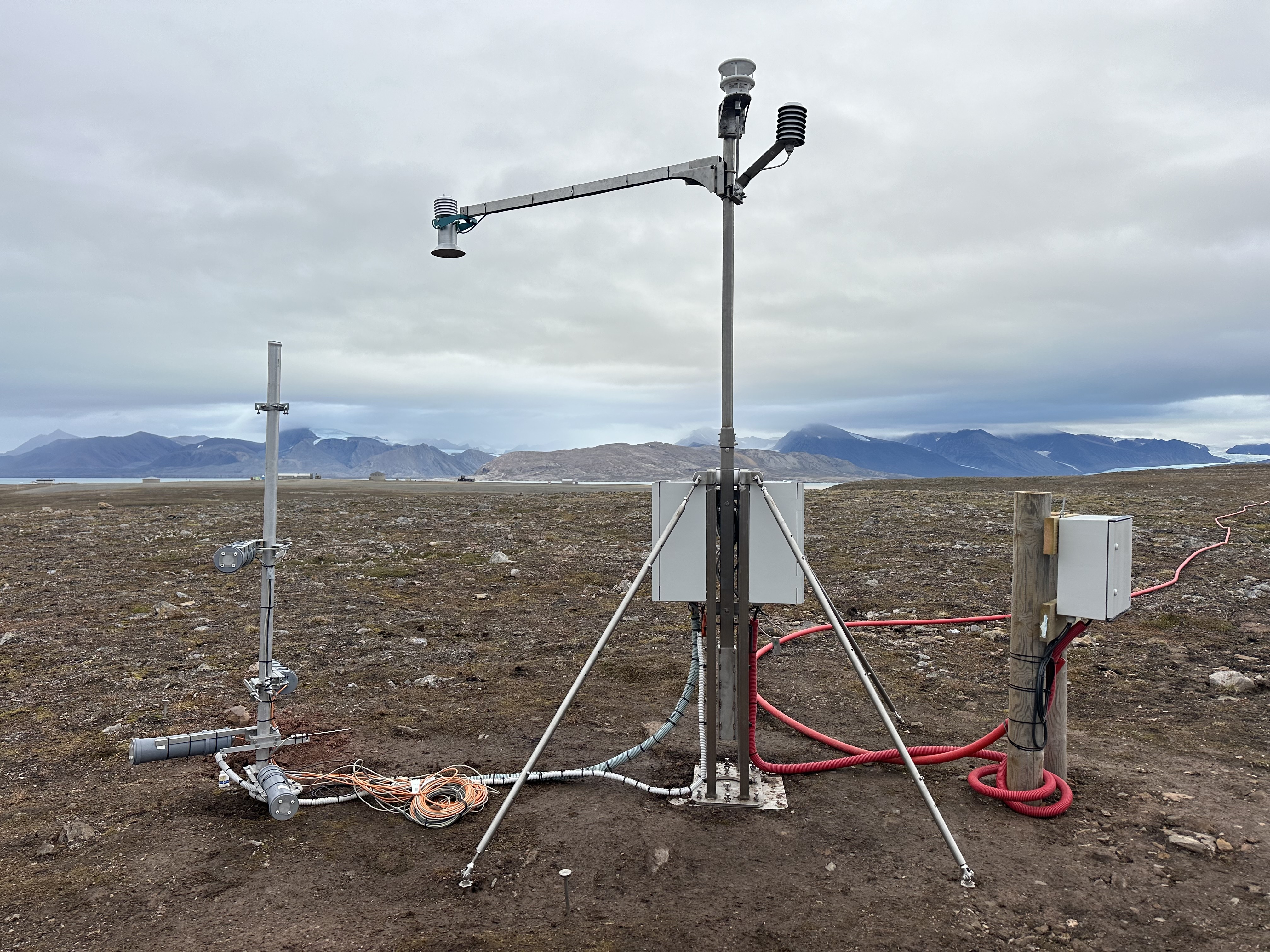
Data collected by the WINTER-CZ Monitoring Station. The CO2 and the temperature is sampled is measured inside the soil, the snowpack (when the station is covered by the snow) and the atmosphere. Other variables are collected as well: the humidity and the oxygen content of the soil, the snowpack height, the humidity and the temperature of the air, the wind speed and direction.